The truth about the invisible Assassins
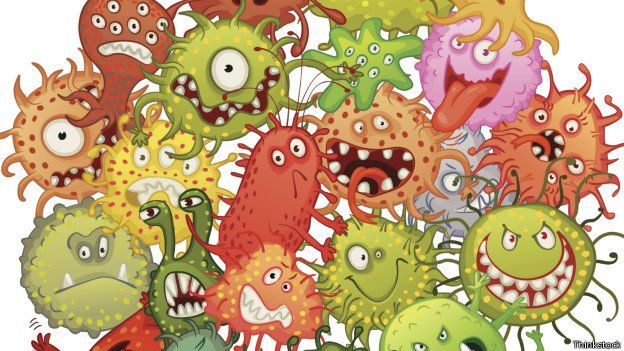
Source: imagns Googles
INVISIBLE ASSASSINS
Some of the deadliest natural killers in the world are so small that they can only be seen through a microscope. These lethal microorganisms are bacteria and viruses that spread infectious diseases. They are helped by an exercise of insects, worms and other creatures that carry infections from one person to another. epidemics kill millions of people every year.
Virus and bacteria
A virus is a simple group of chemicals. It enters a living cell, multiplies very quickly, damages the cell and then destroys it. Viruses cause common diseases such as measles and chicken pox, and others that threaten life, such as polio and severe acute respiratory syndrome. Bacteria are simple organisms, most innocuous; some cause deadly diseases, such as cholera, which spreads rapidly.
Basic differences between viruses and bacteria
- The virus requires a cell to live, the bacteria are in the environment instead.
- Some bacteria live in our body and do not cause us problems. They are found in water and on land, on the surfaces of the food we eat and on the surfaces we touch.
- Unlike bacteria, viruses do not react to antibiotics.
- In its size, the largest viruses barely reach the size of the smallest bacteria.
- In its structure. The bacterium is more complex than the virus.
Structure of the bacteria
A bacterium has a rigid cell wall that surrounds the fluid or cytoplasm within the cell. It contains all the genetic information necessary to make copies of itself, its DNA in a structure called chromosome, it can have loose fragments of DNA that float in the cytoplasm called plasmids and ribosomes to replicate DNA, so they reproduce. Some have filamentous structures called flagella that they use to move around.
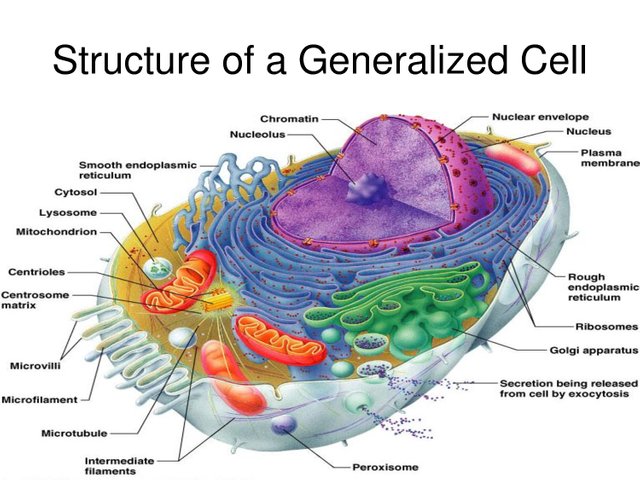
Structure of the virus
A virus may or may not have a spiny outer layer called a sheath. Every virus has a protein cover and a heart of genetic material that can be DNA or RNA. The virus can also infect a bacterium
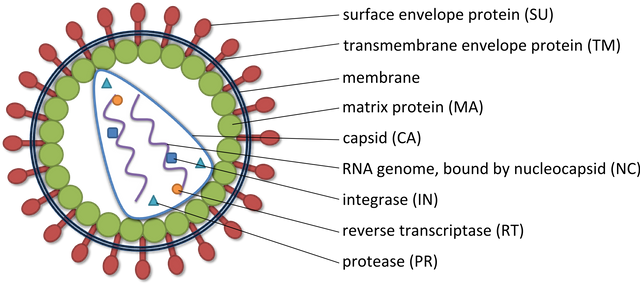
Some bacteria:

Platyhelminthes
The bilharzia platyhelmint starts life in the water snail and enters the skin of man and other animals. It travels in the blood to the liver and intestines, causes diseases, and sometimes death
Example :
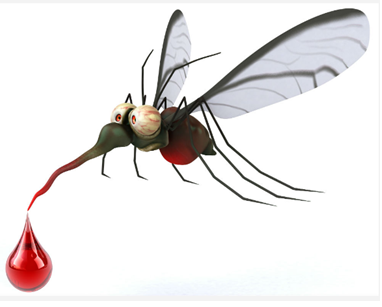
Aedes albopictus
A mosquito bites the skin of a person to feed on the blood. In this way it transmits a parasite called plasmodium, responsible for malaria. The parasites multiply in the red blood cells of the host before leaving and infect more globules. Mosquitoes can transmit diseases, such as dengue and yellow fever.
Bacterial reproduction Vs viral reproduction
The bacteria contain a genetic plane (DNA) and all the instruments (ribosomes, proteins, etc.) that they need to reproduce themselves.
Viruses only contain a limited genetic plane and do not have the necessary constitutive tools. They have to invade other cells and hijack their cellular machinery to reproduce; they stick to a cell by injecting their genes or allowing cells to swallow them. These are a type of virus that infect bacteria. Eventually, so many new viruses are produced inside the bacteria, which explodes and dies, releasing these new viruses that infect more cells!
The perfect killer
Thus, taking into account these aspects, Enrique chooses his weapon: "Right now I imagine that everyone would choose Ebola, because it has a very high mortality rate, there is no vaccine, the treatment is complicated ... But I would stay with a flu-type virus, a virus that kills them silently, that has a high rate of mutability and very rapid replication cycles, and above all that has the capacity to carry out asymptomatically with a higher frequency than the rest. " Tells us "This would allow the transmissibility to increase enormously, of course, I assume that any of these viruses would be extremely virulent." But virulent does not mean that I kill fast, as we say. Nor that the symptoms are very evident. In either case, both the speed and the visibility of the symptoms would make the disease less effective, since immediate measures would be taken to isolate those affected.
The war against the disease
During the last century, doctors and scientists developed ways to combat some of these diseases. They created drugs, such as penicillin and other antibiotics, that kill many kinds of bacteria. The cleaner and more hygienic living conditions also helped the eradication of many infectious diseases in many parts of the world. In less developed regions, malaria, elephantiasis and sleeping sickness continue to affect a lot.
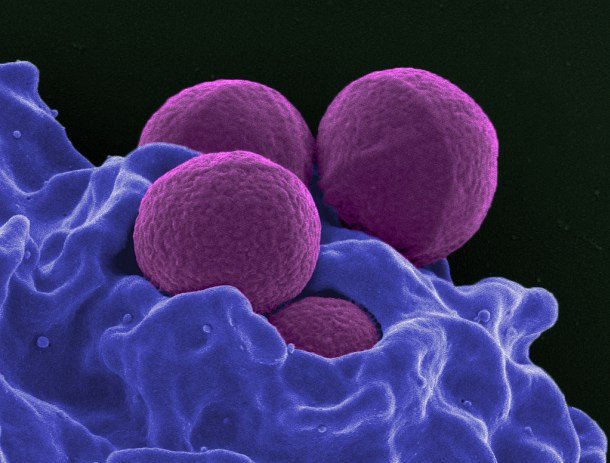
Now, have we opted for a virus? A bacterium, despite the rise of dangerous pan-resistant diseases, seems less effective. They are usually subject to locations (such as nosocomial illnesses, hospitals) and the needs of what is alive. Viruses are faster and more difficult to treat. They mutate faster and take longer to face, which often makes it too late to treat them, if it is possible to do so. "The main barrier against diseases, apart from geographical barriers, is each one", comments Enrique. "The immune system, the body, which adapts and resists, each one is completely different and you never know how it will resist a microbiological attack". And it is true. Our immune system is probably the most sophisticated means we have in our body; able to adapt and evolve immediately and automatically, learned from each new attack, this is our main defense. And so, mumbling this information slowly, we return to our dark laboratory, ready to take the next calculated step of our evil plan.
Bibliography :
Santillana Ediciones Generales S.A. de C.V Av.Universidad 767,Col.del Valle , Mexico, D.F.
Original edition: Kingfisher Publications Plc
http://www.who.int/topics/infectious_diseases/es/
Sources :
https://investigacionsaludable.wordpress.com/virus-y-bacterias/
https://hipertextual.com/2016/08/virus-y-bacterias
images sources :
@steemtem
@health
@education
@steemiteducation
congratulations friend @joseferrer excellent post you have my vote I hope it is much more votes for you. Greetings.
Congratulations @joseferrer! You have completed some achievement on Steemit and have been rewarded with new badge(s) :
Click on any badge to view your own Board of Honor on SteemitBoard.
For more information about SteemitBoard, click here
If you no longer want to receive notifications, reply to this comment with the word
STOP